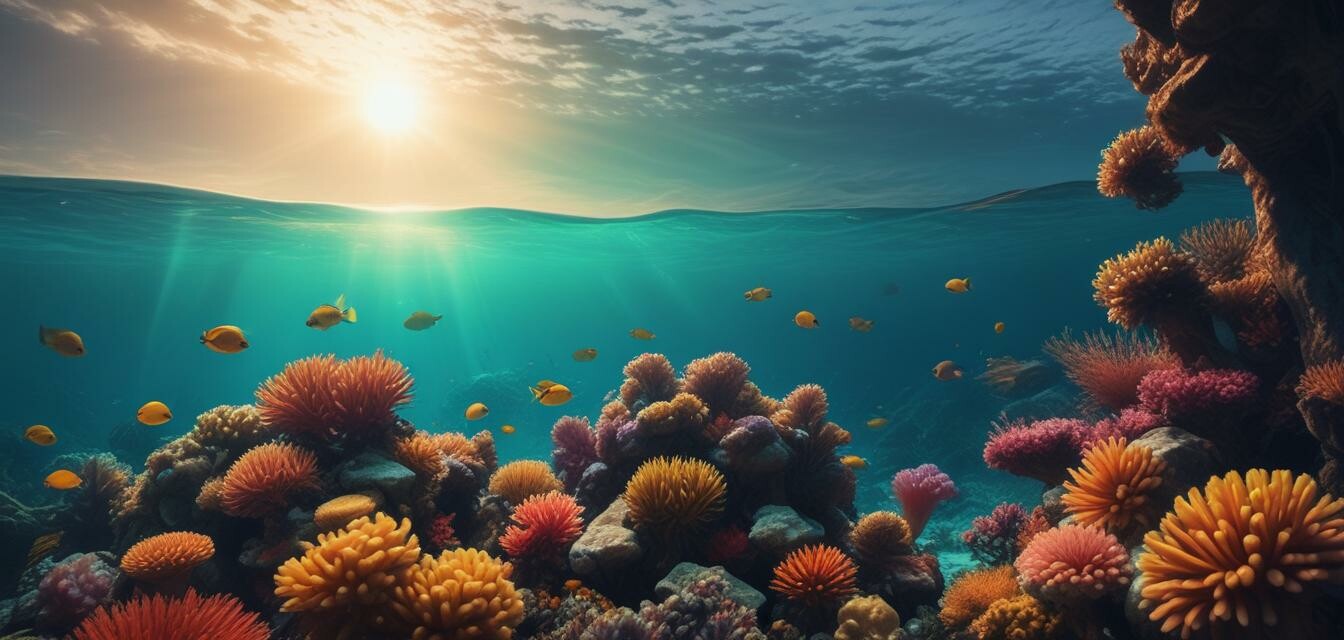
How to Capture the Best Underwater Landscapes
Key Takeaways
- Understand the importance of lighting and angles when photographing underwater landscapes.
- Focus on composition, including elements like leading lines and the rule of thirds.
- Be aware of the right settings for your camera to achieve the best results.
- Consider environmental factors such as water clarity and marine life behavior.
- Practice patience and adaptability; underwater photography often requires you to wait for the perfect moment.
Underwater photography offers a unique perspective on marine life and landscapes. Capturing stunning underwater scenes can be a rewarding challenge. Whether you're a novice or an experienced diver, understanding the techniques and tips for photographing underwater landscapes is vital. In this article, we’ll explore essential techniques to ensure you get the best shots possible.
Understanding lighting underwater
Lighting plays a crucial role in photography, and this is particularly true underwater due to the different light conditions compared to above the water. Here are some methods to enhance your underwater photography lighting:
- Natural light: Utilize sunlight, especially during midday when the light is most direct.
- Flash or strobes: Using artificial light can help illuminate subjects and improve color saturation.
- Considering water clarity: The clarity of the water affects how light penetrates. Shooting in clearer water will yield better results.
Natural lighting techniques
To take advantage of natural lighting, consider these strategies:
- Position subjects to maximize sunlight exposure.
- Avoid shooting directly into the sun to prevent lens flares.
- Experiment with angles to find the best light.
Composition tips for underwater landscapes
Good composition can transform your underwater images into spectacular works of art. Use these techniques to enhance your underwater compositions:
| Composition Technique | Description |
|---|---|
| Rule of thirds | Position key elements off-center to create more dynamic images. |
| Leading lines | Utilize natural lines in the underwater environment, such as reefs or schools of fish, to guide the viewer's eye. |
| Depth and layers | Create depth by capturing foreground, middle-ground, and background elements. |
Framing and angles
The angle at which you photograph underwater is critical. Consider:
- Shooting from below the subject for dramatic silhouettes.
- Capturing wide shots to showcase the vastness of underwater landscapes.
- Using close-ups to highlight intricate details like textures on coral reefs or fish scales.
Camera settings for underwater photography
Understanding your camera settings will profoundly impact your underwater photography results. Here are some essential settings to consider:
- Aperture: A wider aperture allows more light but decreases depth of field. A smaller aperture increases depth of field but can lead to lower exposure.
- ISO: Start with a low ISO to reduce noise but be prepared to increase it if the light is poor.
- Shutter speed: Generally, a faster shutter speed will help capture movement and eliminate blur from water currents.
Using manual mode
When comfortable, switch to manual mode to adjust ISO, aperture, and shutter speed based on your dive conditions. This flexibility will enable you to adapt to varying underwater light levels.
Preparing for underwater photography
Preparation is key for successful underwater photography. Here are some tips:
- Do research on your dive site to be aware of the best times for photography.
- Check your equipment before diving, ensuring everything is functioning well.
- Practice buoyancy control, which helps you stay still and composed while capturing photos.
Pros
- Underwater photography showcases stunning environments and biodiversity.
- Enables creative expression through unique perspectives.
- Captures moments that contribute to marine conservation awareness.
Cons
- Can be challenging due to current, visibility, and depth.
- Expensive equipment may be necessary for optimal results.
- Requires specific training and understanding of dive safety.
Environmental considerations
When diving and photographing, it’s essential to be mindful of the marine environment. Here are some points to consider:
- Minimize disruption to marine life and avoid touching corals and sensitive ecosystems.
- Practice sustainable diving; avoid disturbing wildlife.
- Educate yourself on local regulations regarding marine conservation.
Putting it all together
With all these tips at your disposal, you are well on your way to capturing breathtaking underwater landscapes. Remember that practice makes perfect. Each dive presents unique opportunities for stunning shots—seize them!
For further insights into capturing superior underwater images, be sure to explore our buying guides to enhance your photography gear knowledge, and check out our underwater cameras section to find the right equipment. Understanding the gear can significantly improve your shooting capabilities.
Happy diving and shooting!

